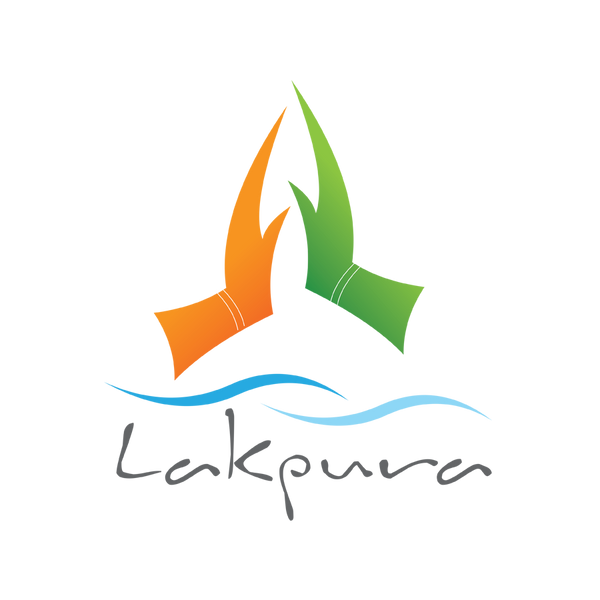
Batik
Batikwork is the art of using wax on fabric when dyeing in order to avoid dyeing a certain section of the fabric. This method is also known as wax-resist dyeing.
The material usually used is cotton as it captures the dyes without fading much with use. The wax is dripped in a pattern or design using a spouted tool called a canting, or printed in preset design using a copper stamp called a cap. A stiff brush is used to apply the wax for larger patterns. The material is then immersed in dye and the wax is removed with boiling water afterward. This leaves the waxed area a different colour in comparison to the dyed area. The process is repeated with different areas being waxed and dyes of different shades for complex multicoloured designs. The designs are usually very colourful and unique.
10 Interesting Facts about the History and Culture of Batik:
- Wax resist dyeing is an artform that existed as early as 4th century BC.
- The method was used for the wrap of mummies in Egypt where the fabric was drenched in wax and then symbols scratched using a stylus.
- Batik making was practiced in China in the Tang Dynasty (7th – 10th century AD) and in India and Japan during the Nara Period (7th – 9th century AD)
- In the African continent batikwork originated from the Yoruba Tribe in Nigeria.
- Today the tradition of Batikwork is practiced in Sri Lanka, India, Indonesia, Malaysia, Singapore, Phillipines and Nigeria.
- Of all these countries Indonesian Batiks are the most famed.
- Indonesian batiks were designated as the ‘Masterpiece of Oral and Intangible Heritage of Humanity’ by UNESCO in October 2009.
- Some argue that the tradition of Indonesian Batik making was introduced from Sri Lanka or India in the 6th or 7th century, while others argue that the tradition is native to Indonesia.
- It is said that the Batik tradition was brought to Sri Lanka by the Dutch, while some also claim that it already existed for much longer in the island.
- The Batik motifs and patterns of each country are influenced by their religion and culture.
Batik Making in Sri Lanka
Sri Lanka’s Batik making industry was only established firmly in the last century or so though records show that it was done earlier as well. Nowadays it is a small scale industry that provides job opportunities for many talented artisans. The designs used are both original Sri Lankan traditional designs as well as designs imported from Java, Indonesia.
Many colourful Batik shops and stalls can be found of Hikkaduwa’s Galle Road section. The shops sell Batik designed clothes (including some beautiful beachwear), wall decorations, table cloths, bed sheets and etc. Most are made of cotton, but some are made of silk.
In addition to the shops, the Mahawewa (translates to ‘the great lake’) area has many Batik factories, many of which allow tours for visitors. Visitors get a chance to see the dyeing process first hand as well as see the designs being created from scratch. You can also get great deals on batiks which also make great gifts for friends and family.
Therefore, for those who would like to add Sri Lanka’s Batik scene to their must see list (you should, since it’s definitely worth it), Lakpura offers tours to the Batik factories and guides to the Batik shops (They are a great help with bargaining too). So please contact us at Lakpura for more details.
